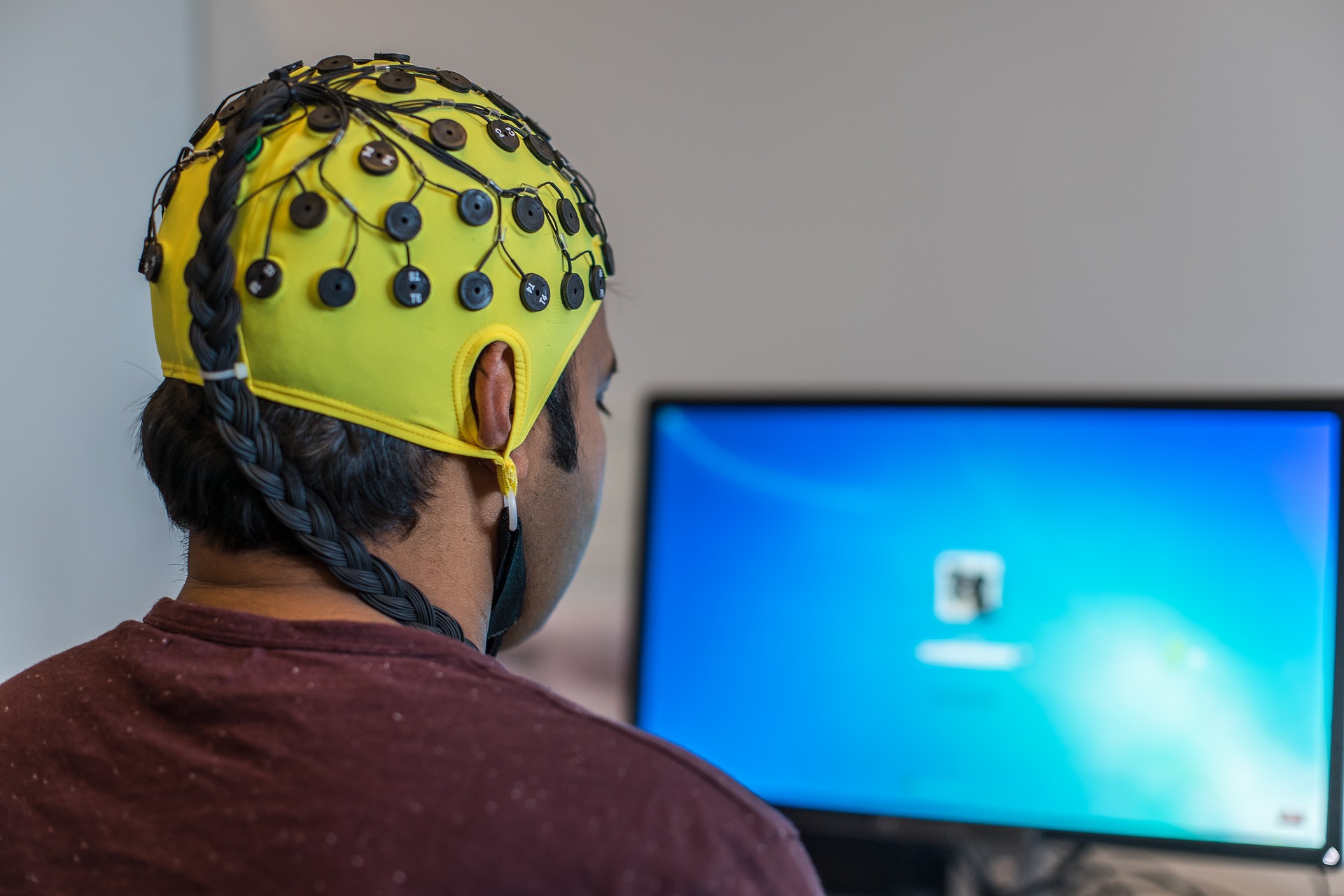By Shannon Traphagen
“Life presents us with a variety of challenges, emotional and physical that impact the brain-body connection. It’s all interconnected.”
Dr. Kathy Calabrese, a licensed family and marriage therapist, received her PH.D. from the University at Buffalo before becoming certified in neurofeedback therapy from the Biofeedback/Neurofeedback Certification International Alliance. She feels that neurofeedback provides amazing opportunity for healing both mind and body.
“I did a post doctoral program in Family Systems Therapy at the University of Rochester Medical School,
Dept of Psychiatry. But, it was after reading The Healing Power of Neurofeedback by Dr. Stephen Larsen–and attending his lecture that I knew I needed to learn more about this therapy. Listening to wonderful stories of clients who experienced life-changing improvement because of neurofeedback, and hearing the natural course of how neurofeedback works in conjunction with other forms of psychological therapies, I knew it was a good fit. The field of health technology is exploding and new opportunities for healing are emerging every year,” said Calabrese.
So, what is neurofeedback? According to Psychology Today, Neurofeedback is a therapeutic intervention that provides immediate feedback from a computer-based program that assesses a client’s brainwave activity. The program then uses sound or visual signals to reorganize or retrain these brain signals. By responding to this process, clients learn to regulate and improve their brain function and to alleviate symptoms of various neurological and mental health disorders.
“Neurofeedback is a supportive, safe, gentle, ultra low voltage treatment that creates an opportunity for the brain to release the “stuck” irregular patterns that cause a variety of symptoms. Over time, the brain heals itself, symptoms improve and you feel better. Neurofeedback is safe, and, has few–if any side effects,” adds Calabrese.
Dr. Calabrese combines neurofeedback with a variety of other healing modalities, including, psychotherapy, hypnotherapy and/or progressive relaxation, family therapy, light therapy, Bio-Acustical Utilization device, and Auditory/Visual Entrainment. “This process supports the parasympathetic nervous system which leads to the relaxation response. Almost all of my clients report that they feel much more relaxed after the first session.”
Treatments are guided by the following question: What specific evidence will there be that things are
getting better for you. According to Dr. Calabrese, she sees her patients as part of her team; the feedback from them is essential to their work together. She also explains that while some patients see her for short periods, others see her for months. “There is no way to determine an “average” course of treatment since each client’s struggle is unique and ranges in complexity. Some symptoms, like general anxiety, post-chemo “fog”, postpartum depression and symptoms related to traumatic brain injury (TBI) improve very quickly, usually within the first 5-10 sessions. In order to achieve lasting results, most clients need to continue treatment for 10-20 sessions. If clients are on medications, it may take longer for the desired outcome,” Calabrese said.
One of Dr. Calabrese’s clients, Lisa, says that the neurofeedback worked almost immediately, “I am a breast cancer survivor. During my chemotherapy treatments, I developed what’s known as “Chem Fog”. It’s a real thing, and really impacts daily life. As a business owner, I started to notice trouble recalling facts or information for presentations. I would repeat statements or patterns–I couldn’t think clearly. It impacted my work and my home life. As if going through cancer wasn’t enough, you really lose confidence in your abilities when things like this start to happen.”
A current patient of Dr. Calabrese, Lisa states that sessions started with her history, and what brought her in, and learning more about who she is, then move into current concerns. Then neurofeedback therapy started; applying electrodes on a cap that sits on the patient’s head. The cap is connected to computer software that relays information back to the doctor.
“It’s very non-invasive, I never feel a thing. Dr. Calabrese works out of her home and the setting is extremely inviting and relaxing. After the first few sessions, combined with traditional talk therapy, I started noticing more clarity in my thinking. I was able to think and function as I had before. It gave me my mojo back, and my confidence to be the best business owner I can be,” says Lisa, adding that as other symptoms cropped up from her treatments, Dr. Calabrese was able to address those as well. “I am cancer free, and I feel like I can function again. Dr. Calabrese has helped and supported my healing process.”
“I love what I do, and see an immediate difference in patients lives. Helping them to feel better and have a better quality of life is why I do this,” Calabrese said.
To set up a consultation with Dr. Calabrese, visit her website at www.bbht-institute.com or call 716.725.8135. Flex cards are accepted, as well as credit cards, or by check or cash.












